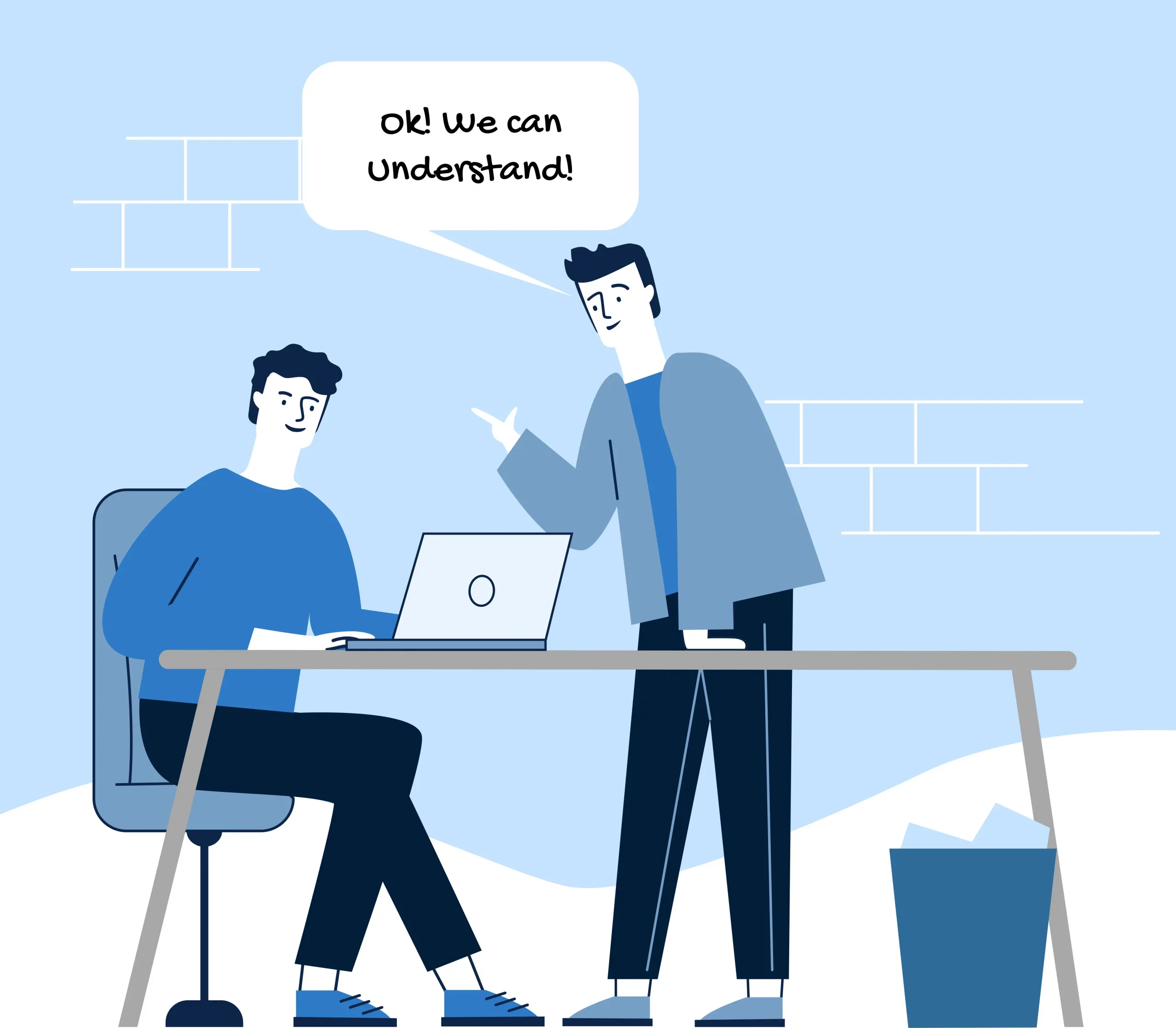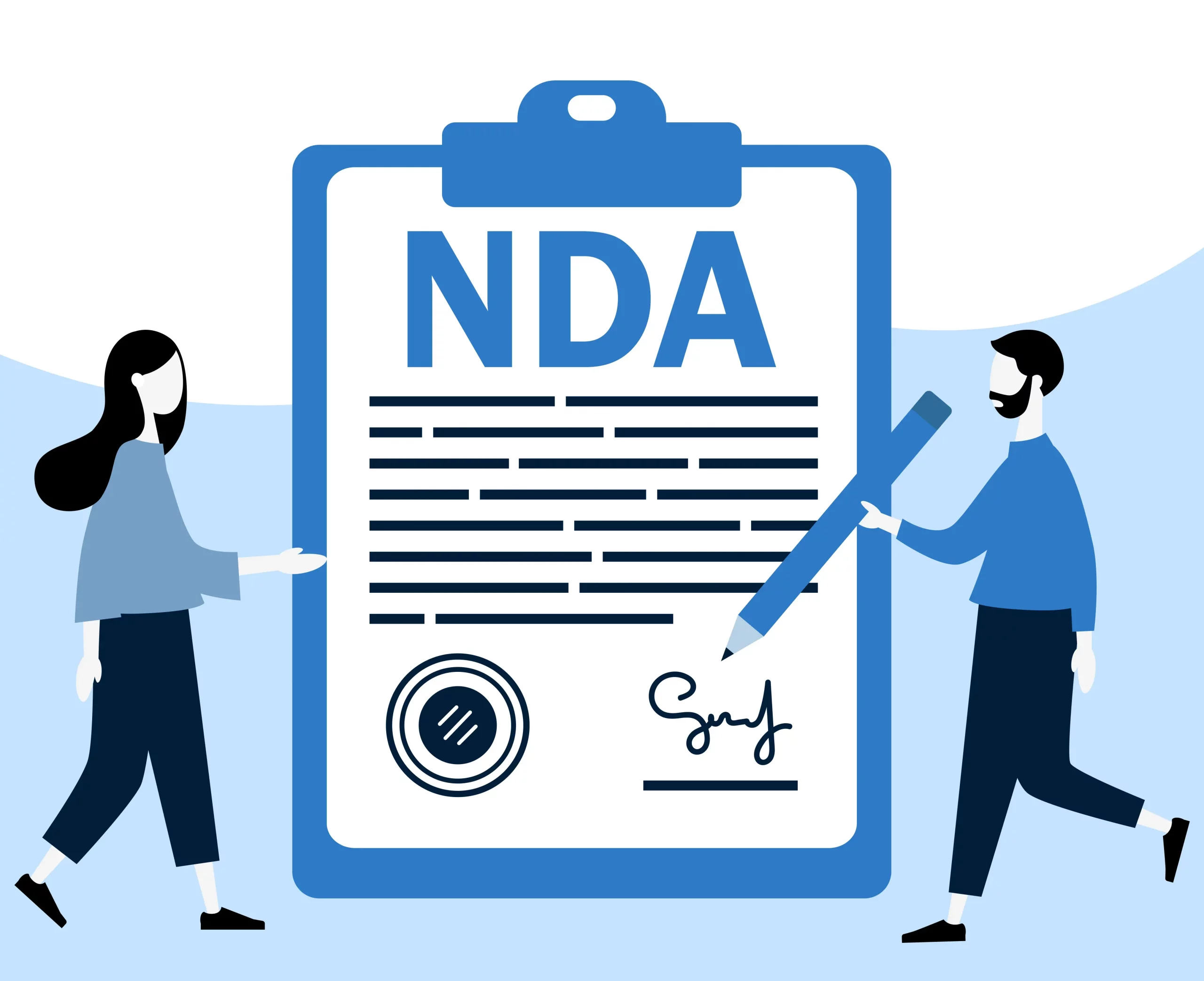Table of content
Benefits of a Well-Planned Employee Offboarding Process
What is employee offboarding? Well, it is the process of transitioning employees out of an organization when they leave their positions, whether due to resignation, retirement, or termination. It involves a series of actions and protocols aimed at ensuring a seamless departure and maintaining positive relationships with departing employees. You can learn about it more in our blog!
A well-planned offboarding process plays a crucial role in ensuring a smooth and successful transition for both departing employees and the organization as a whole. By implementing an organized offboarding program, companies can reap numerous benefits:
Fostering Positive Relationships
Properly offboarding employees with respect and care can help maintain positive relationships even after they leave. This can lead to potential referrals, positive reviews, and future collaborations.
Preserving Company Culture
A well-executed offboarding process reinforces the company’s values and culture. It sends a message that every employee, even upon departure, is valued and appreciated, contributing to a healthier work environment.
Minimizing Potential Risks
Effective offboarding process helps mitigate potential security risks and legal issues associated with departing employees. By terminating access to confidential information and company resources, organizations can prevent data breaches and protect their interests.
Enhancing Employee Satisfaction
When employees observe a well-structured offboarding process, they feel valued and supported throughout their tenure. This positive experience can contribute to higher overall employee satisfaction and it could also be a great part of your employee retention strategy.
Smooth Knowledge Transfer
A comprehensive offboarding program ensures the adequate transfer of knowledge and expertise from departing employees to their successors or colleagues. This helps maintain business continuity and minimizes disruptions to ongoing projects.
7 Steps for Effective Employee Offboarding Process
During the offboarding process, it’s crucial to follow a structured approach to ensure a smooth transition and maintain a positive company culture. By following these seven essential steps, you can effectively manage the offboarding process and minimize any potential disruptions.
Understand the Reason for the Exit
Take the time to understand why the employee is leaving. Whether it’s due to retirement, a new job opportunity, or any other reason, understanding the circumstances will help you tailor the offboarding process and address any specific needs or concerns.
Complete Necessary Paperwork
Ensure that all necessary paperwork is completed before the employee’s departure. This includes relevant employment termination forms, benefits documentation, and nondisclosure agreements. By completing the paperwork promptly, you can prevent any legal or administrative issues down the line.
Hold an Exit Interview
Conducting an exit interview as part of the employee offboarding process provides an opportunity to gain valuable feedback and insights from the departing employee. This information can help identify areas of improvement within the organization and enhance the overall employee experience. Prepare a set of specific questions to gather detailed feedback and ensure a productive conversation.
Secure Company Property
Collect any company-issued resources, such as laptops, mobile devices, access badges, and keys. Also, remind the departing employee to remove any personal data from company devices and accounts. By following proper security protocols, you can protect sensitive information and maintain the integrity of your organization.
Maintain Communication
Maintaining open lines of communication with the departing employee is crucial. Keep them informed about any ongoing projects or responsibilities and provide appropriate support to ensure a smooth handover. Demonstrating care and consideration during the offboarding process strengthens employee relationships and upholds a positive company culture.
Facilitate Knowledge Transfer
Ensure a successful knowledge transfer by arranging appropriate documentation or training for the employee’s replacement or the team handling their tasks. This enables a seamless transition and minimizes any potential disruptions to ongoing projects or operations. Encourage departing employees to share any valuable insights or best practices before they leave.
Preserve Positive Relationships
Even though an employee is leaving, it’s essential to maintain positive relationships. Wish them well in their future endeavors and express gratitude for their contributions. Cultivating a supportive offboarding process leaves a lasting impression and potentially increases the chances of them becoming brand advocates or rejoining the organization in the future.
Handling Challenges During Offboarding
Managing the employee offboarding process can come with its fair share of challenges. As an organization, it is essential to be prepared for these obstacles to ensure a smooth transition and maintain a positive work environment. Here are some common challenges that may arise during the offboarding process and strategies to address them:
Legal Issues
When an employee leaves, legal considerations may arise, such as non-disclosure agreements and intellectual property protection. To mitigate potential legal risks, ensure departing employees have a clear understanding of their obligations and responsibilities regarding confidential information.
Ongoing Projects
When an employee departs, ongoing projects may be left incomplete or without clear ownership. To ensure continuity, promptly identify an immediate successor or distribute the workload among the remaining team members. Facilitate a smooth transfer of knowledge by documenting project status, key deliverables, and any pending tasks.
Maintaining Positive Relationships
Offboarding can impact team dynamics and morale, especially if an employee’s departure comes as a surprise. To maintain positive relationships, ensure transparent and empathetic communication with the remaining employees, emphasizing the reasons for the departure and reassurance regarding the company’s commitment to their well-being. Encourage team members to express their feelings and provide additional support if needed to help address any emotional challenges.
Remember, fostering a healthy work environment involves acknowledging the contributions of departing employees and celebrating their successes. By addressing challenges promptly and maintaining open lines of communication, you can navigate potential obstacles and ensure a smoother offboarding process for everyone involved.
Conclusion
In conclusion, a well-executed offboarding process is crucial for organizations to ensure a smooth transition for departing employees and maintain a positive company culture. By following the recommended steps and best practices outlined in this guide, employers can improve employee satisfaction and foster better relationships.




